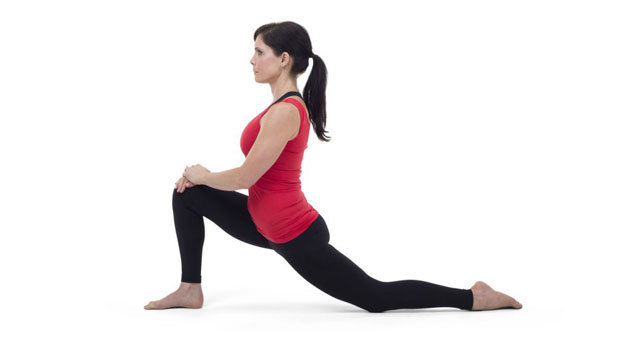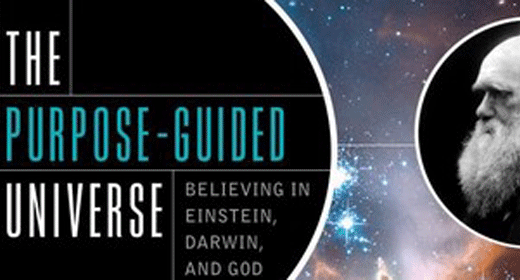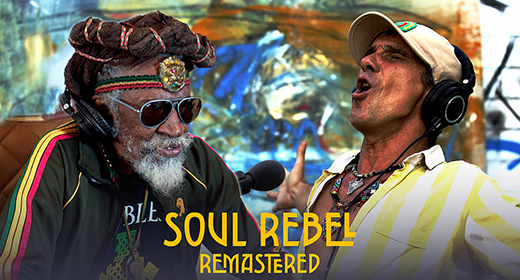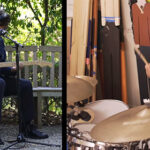The word “Yin” comes from the ancient Chinese principles of Yin and Yang which are defined as two sides, opposing and complimenting each other.
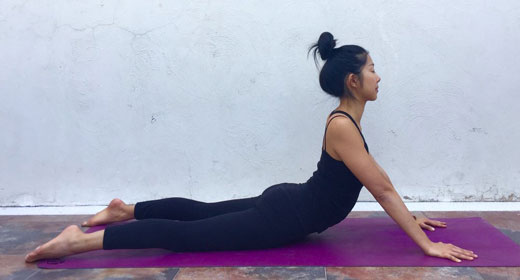
In the earliest usage of the words Yin and Yang, they were not as philosophical as they are today. At first, Yin and Yang were terms created by peasants in Ancient China to describe their daily lives. For them, daytime was a time for doing; they called that relationship Yang. The nighttime was for resting; they called that Yin. It was many years later when Chinese philosophers began to use Yin and Yang to describe other things. They saw the Yin and Yang in all things. They saw opposing forces throughout the Earth and even the cosmos bringing balance to existence, even creating and propelling it. They saw interdependence between opposites, a complementary relationship. But Yin and Yang are also relative terms. For instance, the moon is Yin compared to the Sun, but compared to the Earth, the moon is Yang. Today, Yin and Yang are a huge part of Chinese philosophy, Chinese medicine, and the Chinese concept of qi (chi- life force).
Since Yin and Yang can be used to describe all things, it is no surprise that there are Yin styles of Yoga and Yang styles of Yoga, and just like Yin and Yang, both Yoga styles are meant to complement each other, not stand alone. Yin Yoga, sometimes called Taoist Yoga, is thought to be one of the earliest forms of Yoga. All of the scrolls thought to be concerning Yoga are difficult to interpret today because were written in a kind of shorthand created specifically for Gurus of that time. Yoga could be anywhere from centuries to thousands of years old. What the scrolls seem to describe, however, is a yoga practice that looks much more like Yin Yoga, a quiet, still practice. Most people practice what is considered a Yang style of Yoga. Even though it is less popular, Yin Yoga is still offered in many Yoga studios today. Yin Yoga was first introduced to the Western world by martial artist Paulie Zink in the 1970’s. Then it gained more popularity by the efforts of Paul Grilley and Sarah Powers. Practicing Yin Yoga would help deepen a Yang Yoga practice. After all, Yin and Yang are complements of each other.
Some key characteristics of Yin are still, cool, internal, soft, and earthy. Yin Yoga embodies all of these five traits:
1. Yin Yoga is Still
Unlike Yang Yoga styles, like Vinyasa, Ashtanga, and Bikram, which are constantly moving from pose to pose, Yin Yoga is very slow-paced. The poses (or asanas) are held for between five and twenty minutes each, and the goal is to remain in total stillness, without fidgeting or adjusting. The body is meant to relax into the pose, slowly sinking into a comfortable position. The body will naturally, without actively adjusting, find a sweet spot between effort and ease. Yoga was developed as a means of preparing the body and mind for meditation. The kind of stillness and stiffness meditation requires is very challenging. Yin Yoga is thought to be the best preparation for meditation, and most Yin Yoga classes start and end with a five-minute meditation.
2. Yin Yoga is Cool
Yang is hot and moving, Yin is Cold and still. In Yin Yoga, the body stays cool, and the rooms are typically kept on the cooler side too. In a Yang Yoga practice, like Vinyasa, the practice is done in a warm room or hot room, the body is constantly flowing, and the body cools down at the end. The cool-down is to prepare the body for relaxation and then possibly meditation. The problem is that the joints often stiffen while the body cools down, which can make meditation very uncomfortable, even painful. Many Yogis have turned to Yin Yoga for that very reason. Since Yin Yoga is done while the body is already cool, the joints are being stretched and worked in a way that mirrors the challenges of meditation.
3. Yin Yoga is Internal
Yin Yoga focuses on the connective tissues in the body like ligaments, tendons, deep fascia, and joint capsules, while Yang Yoga stimulates the more superficial muscles. The connective tissues in the body inherently have very little elasticity or flexibility because they are surrounded by muscles which are intended to protect these sensitive areas from precisely that kind of attention. Getting past the muscles takes time but is crucial to strengthening and stretching the joints. In Yin Yoga, stress is applied slowly and steadily to the deep, hard-to-reach tissues through extended, gradual pressure. Yin Yoga releases accumulated stress in the joints and tendons which can make lengthy meditation very painful.
4. Yin Yoga is Soft
Yin Yoga is meant to improve concentration and prepare the mind and body for meditation. Yin Yoga helps cultivate a deeper sense of awareness and introspection. Spending up to twenty minutes on each pose lets the nervous system stop firing impulses. The mind relaxes, and the body settles into each pose in a gradual, deeper way than in Yang practices. Often times, in a Yin Yoga class, teachers will read poems or Zen teachings during the long poses to help clear the mind and connect it with the spirit.
5. Yin Yoga is Earthy
Most of the Yin Yoga poses (or asanas) are seated postures. Since meditation is traditionally done in cross-legged pose or other seated positions, it’s important to be conditioned to sitting for an extended length of time. Most of the postures done in Yin Yoga will be familiar to Yogis used to other Yang styles but the names might be different. Over the years, Yin teachers actually gave new names to Yin versions of Yoga poses. The reasoning behind the name changes are that Yin poses are such a different experience, for the mind and body.
Some popular Yin Poses and their Yang counterparts:
Caterpillar Pose in Yin (Forward Bend in Yang)

Seal Pose in Yin (Cobra Pose in Yang)

Snail Pose in Yin (Plow Pose in Yang)
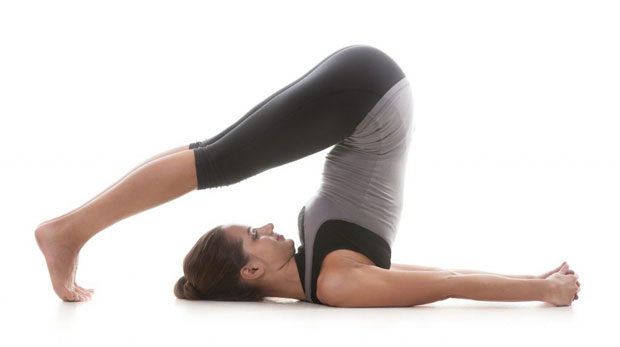
Dragon Pose in Yin (Low Lunge in Yang)
